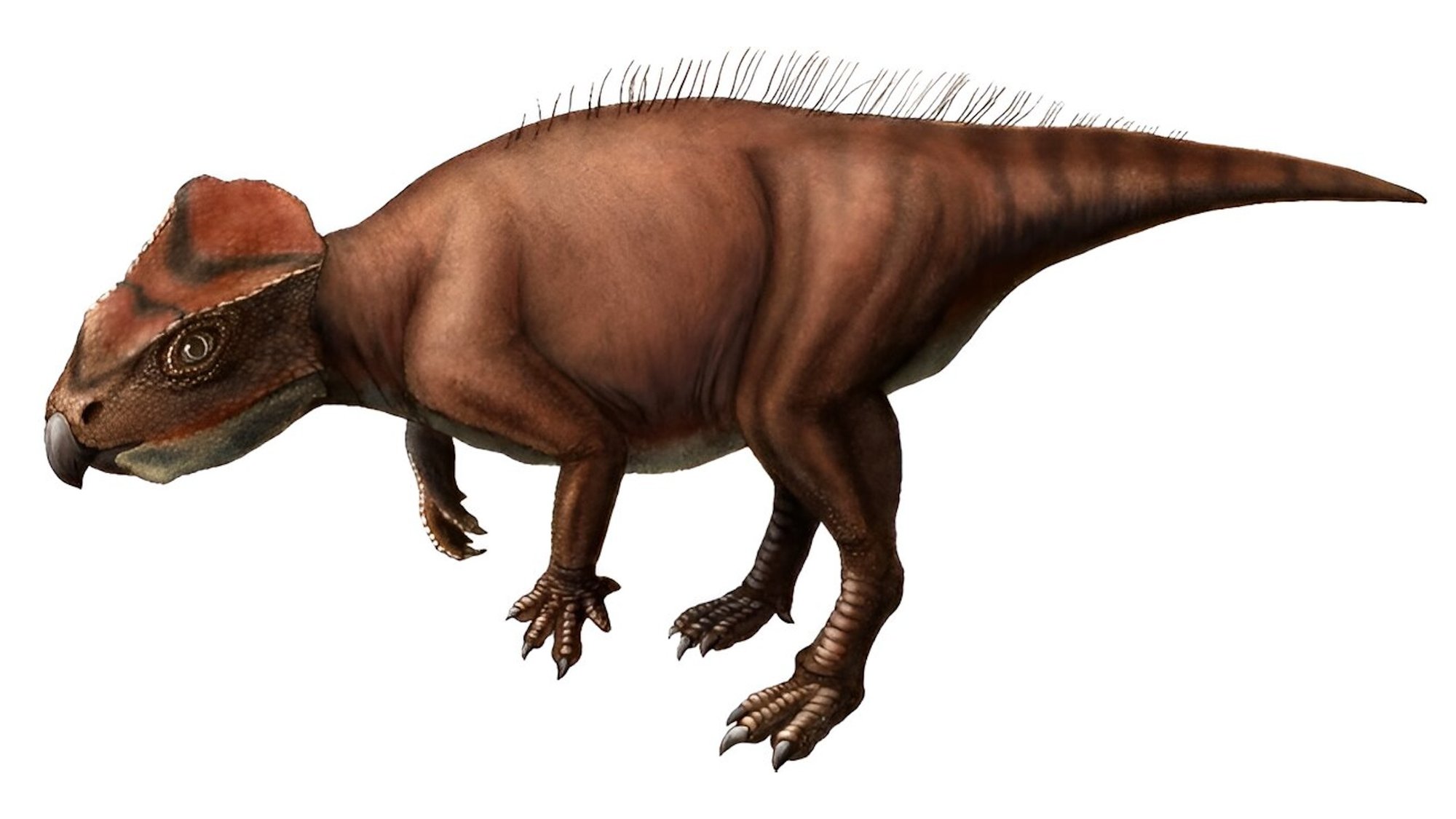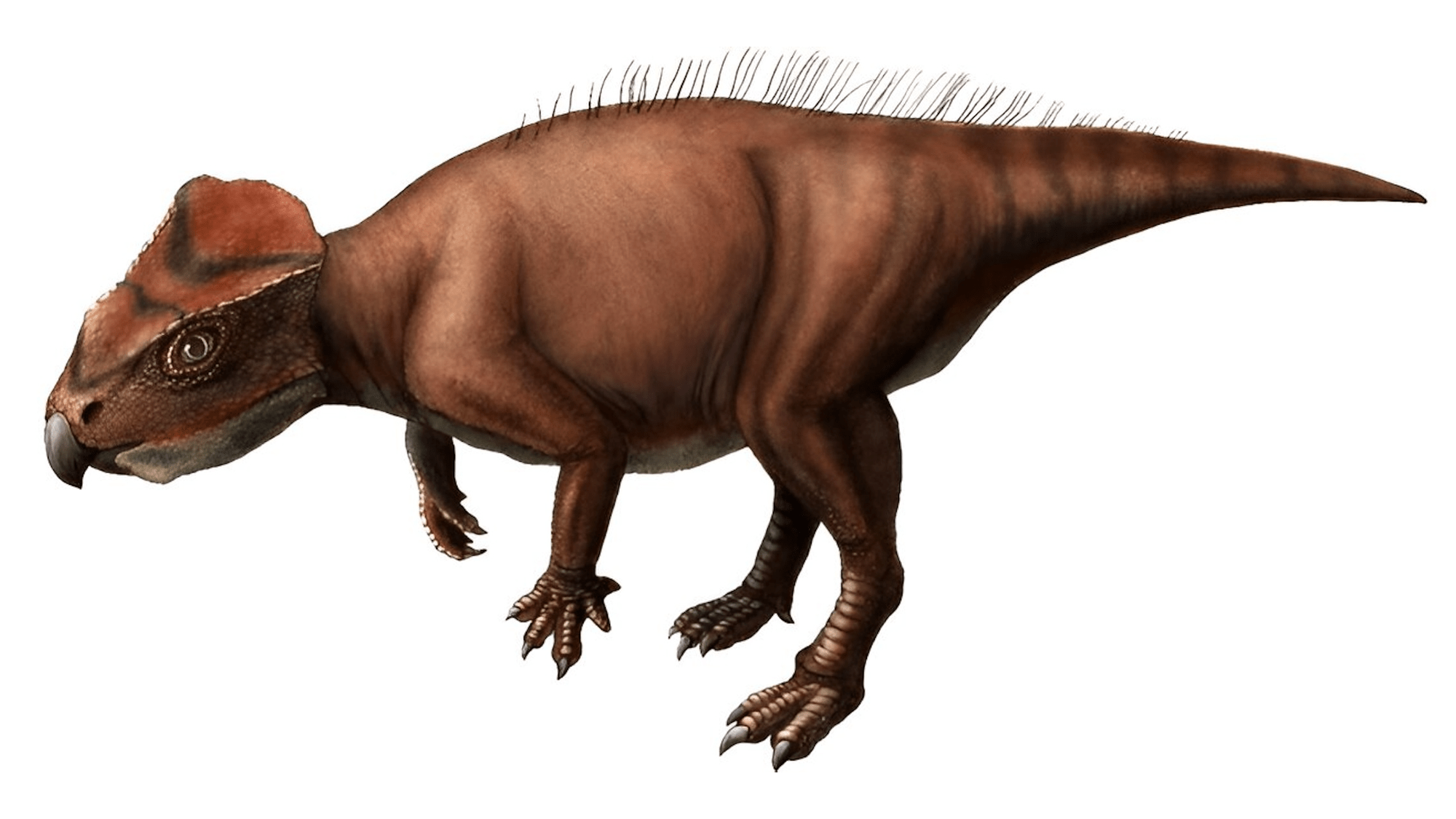
Ceratopsians are most famous for the triceratops, but the beaked family of herbivorous dinosaurs also included numerous other relatives throughout the Late Jurassic to Late Cretaceous Periods. Recently, however, a set of bone fragments revealed a totally new, much smaller primitive ceratopsian species—the most easternmost of its kind ever found in Asia. Given initial dating estimates, the dinosaur may also reinforce theories of how these unique animals migrated to modern-day North America roughly 110 million years ago.
Sasayamagnomus saegusai is described in a September 2 study published by an international research team in the journal Papers in Palaeontology. Based on their analysis, they believe Sasayamagnomus helped form a distinct neoceratopsian clade—a phylogenetic group composed of a single ancestor and all its lineal descendants—along with North America’s Aquilops americanus and China’s Auroraceratops rugosus. With this new information, researchers argue for a revised evolutionary timeline that saw ceratopsian migration across continents occur during the late Aptian or early Albian age, somewhere between 113-110 million years ago.
[Related: Dinosaur footprints from Africa and South America are a match.]
According to a September 4 announcement from Carleton University in Canada, paleontologists uncovered the fossils in southwestern Japan’s Tambasasayama City, most of which belonged to a single, young dinosaur that died before fully maturing. With a genus name translating to “a [gnome] guarding hidden treasures under the ground of Sasayama,” an adult Sasayamagnomus likely measured only around 80 cm (31.5 in) long and weighed just 10 kg (22 lbs). The neoceratopsian lacked the recognizable large horns and frills of its descendents, but an accompanying illustration indicates it still featured the trademark beak.
Due to its similarities to other primitive North American ceratopsians, researchers think it is likely these dinosaurs began their march from eastern Eurasia into the continent during the mid-Cretaceous period by way of the Bering land bridge. Depending on the era, the Bering Land Bridge at times measured up to 1000 km (620 mi) wide, totalling 1.6 million-square-km (620,000-square-mi)—the size of Alberta and British Columbia combined. Unlike today’s Arctic climate, however, temperatures during the Cretaceous allowed for large forests containing the biodiversity necessary to allow for Sasayamagnomus’ ceratopsian descendents to arrive in modern-day Canada and America.
Although researchers can only confidently describe the young Sasayamagnomus based on an assortment of cranial, tibia, and coracoid bone fragments, it likely won’t be the last paleontologists study—at least some of the 17 fossils mentioned in the paper likely came from a second Sasayamagnomus.

